Accidents and other unexpected occurrences can affect a car’s exhaust in a way that would require a quick fix so the car can get on the road again like before.
Exhaust Clamps Vs. Welding
Welding Town
Car owners who find themselves in this kind of situation often contemplate between exhaust clamps vs. welding, asking, which is best, more cost-effective, and durable for their vehicle’s exhaust component.
If you are also in the middle of a similar contemplation, here’s a quick rundown of the overview of using exhaust clamps in joining exhaust pipes without welding or welding the component strongly in its place.
Overview of Exhaust Clamps
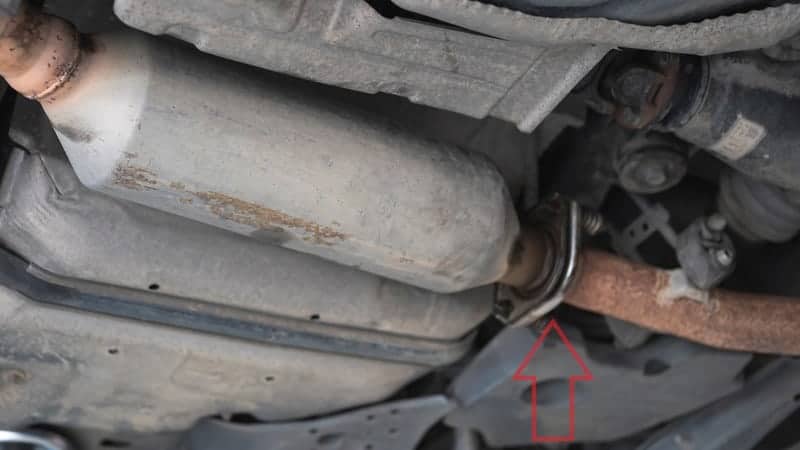
Exhaust clamps are unique objects designed to help hold two pipes together (e.g., a case of broken exhaust pipe) in such a way that keeps the muffler together in place, even under severe heat.
Exhaust clamps play a vital role in helping to prevent exhaust leaks that can lead to emissions problems in a car, reduce noise when accelerating, and hold the broken or dangling pipes in place.
A few exhaust clamps can serve excellently well when used in holding a hanging exhaust or muffler together in its place. Some of the recommended clamps include; U bolt exhaust clamp, V-band clamps, and an exhaust band clamp.
How to Use Exhaust Clamps
Exhaust clamps work absolutely well, provided they are correctly fixed on the pipes. To correctly understand how to use exhaust clamps, follow these procedures.
Step 1: Wear your safety outfits (glasses and gloves)
Step 2: Loosen the U-bolt exhaust clamp or any other one you choose to use.
Step 3: Attach the saddle on the connection of the exhaust pipe. Slide the bolt into the clamp’s saddle and thread a hex nut on each of the legs of the U-bolt. Ensure not to tighten the hex nuts.
Step 4: Exert pressure on the pipe to make it seat properly.
Step 5: Pick a socket that matches the hex nuts’ size and fix it to a 3/8 inch ratchet, and set it to tighten.
Step 6: Fix the socket into each of the hex nuts and tighten them one after another.
Step 7: Check for proper tightness.
Pros of Exhaust Clamps
- Easy installation
- Dissembles easily
- DIYer friendly
- Installation while muffler is on
Cons
- Weaker than welding
Overview of Welding of Exhaust Pipe
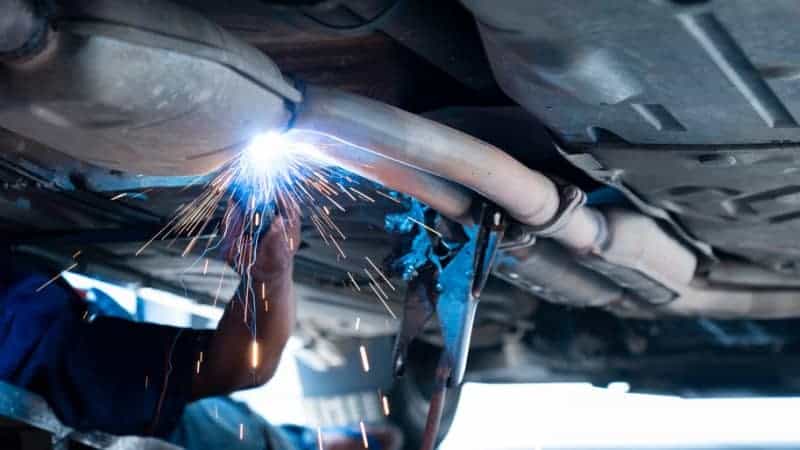
Welding an exhaust component involves bonding two pipes (usually broken) together with a welding machine and electrodes, which helps to keep them firmly fixed to each other.
Welding a broken pipe would last longer compared to using exhaust clamps. It can enable the welded part to stay for as long as the lifetime of the pipe.
Some DIYers may not be able to weld; in some cases, some people may not readily have the tools with them. Hence, welding requires the service of a professional welder.
How to Weld-on Exhaust Pipe
To weld, an exhaust pipe, endeavor to follow these procedures unveiled below. Ensure that all necessary safety materials are in place. Ensure to wear protective glasses and put on hand gloves.
Mark out the pipe and cut it: Ensure that you follow accurate precision in cutting the pipe because of its effect on the finishing. Use a chain pipe cutter or hacksaw.
Clamp the pipe’s pieces: Hold both pieces together and fix them in the manner in which you want them welded together. Using C-clamps would help in holding them in place.
Weld the pipes: Once you are satisfied with the fixing of the pipe, weld the joined part up to four or five times to bond the pipes.
Weld the gaps: Look through the pipes carefully to spot holes that may result in exhaust leaks and weld them properly. Ensure to weld over the spots for durability and longevity.
Pros of Exhaust Pipe Welding
- Bonds pipes strongly
- Engenders longevity
- Prevents reoccurring issues
Cons
- Needs electricity
- Requires DIYer to have welding skill
- Quite tricky compared to using clamps
- Utmost care required
Exhaust Clamps Vs. Welding: What Should We Do?
Welding an exhaust pipe or using exhaust clamps in holding a dangling exhaust in place may be a major contemplation when you have a broken exhaust pipe. Hence, most people are confused as they continue to ask, “Is it better to weld or clamp exhaust?”
It is recommended to use exhaust clamps instead of welding exhaust pipes because of the numerous limitations associated with welding. Connecting an exhaust system with clamps is pretty straightforward and consumes less time compared to welding.
Exhaust clamps can last as long as 10 years or more on the pipes before a replacement is required. The use of clamps does not involve any rigorous process, unlike welding.
However, welding exhaust pipes make them come out stronger than holding them in place with exhaust clamps. Welded pipes can last the pipe’s lifetime, unlike using exhaust clamps.
Welding exhaust pipes will require expert welding skills, which most DIYers may not readily possess. If the DIYer has the skill, getting the tools is yet another limitation; hence, it may require the service of an expert welder.
In any case, choosing to weld exhaust pipes or using an exhaust pipe repair clamp depends on the car owner. For a stress-free quick fix, you may have to use exhaust clamps.
For solidity and longevity, welding the pipe may be best. However, using exhaust clamps is best in some rear cases that may not permit welding.
Frequently Asked Questions (FAQs)
Are exhaust clamps good?
Of course, exhaust clamps are good; especially when properly installed. If a car’s exhaust pipe becomes loose and hangs separately from its place, installing exhaust clamps may be the way out for that particular situation.
Exhaust clamps play a very vital role in helping to put a car’s hanging exhaust in place. If your car’s exhaust is in this condition, kindly consider using exhaust clamps to fix it up. Otherwise, the component may remain that way until it goes bad.
Do exhaust clamps leak?
Yes, they do. Exhaust clamps may leak if any of the clamps become loose or fail. In that case, the exhaust leak may affect the car’s emissions output.
Since the exhaust clamps help hold together a hanging exhaust that has fallen off its place, any defection would negatively impact the exhaust.
So, if a car’s exhaust clamps go bad, it would be best to change them as soon as possible to avoid exhaust leaks. If this is not adequately addressed, the vehicle’s emission may be a challenge to look out for next.
Do exhausts need to be welded?
It depends on the car owner’s choice. Exhaust pipes can be held in place with exhaust clamps; they can also be welded. While exhaust clamps can hold the exhaust in place, welding will go a long way to doing the job better.
Exhaust clamps can fail easily compared to welding. Welding an exhaust is more potent than holding it in place with exhaust clamps. Welding can last up till the exhaust pipe’s lifetime, but clamps may not stay up to that extent before requiring a replacement.
Can a catalytic converter be clamped?
Yes, a catalytic converter can be clamped. However, you must make sure that there are no exhaust leaks when using clamps or sleeves in holding a catalytic converter in place.
It is better to weld a catalytic converter in most cases because it will last long after the welding than using clamps. Clamps are the easiest and fastest way to fix a catalytic converter in place.
You can choose to use clamps to hold your car’s catalytic converter in place or weld the component for longevity without needing another replacement after a short period.
Where should exhaust clamps be placed?
Exhaust clamps should be placed on the exhaust pipe. When holding or hanging the exhaust in place, fix the saddle on the exhaust pipe’s connection; then, slide in the U-bolt to the saddle and thread a nut each on the legs of the U-bolt.
Exhaust clamps must be adequately fixed to avoid exhaust leaks. Exhaust leaks can complicate the issue; hence, it would be best to be extra careful when fixing a hanging exhaust with clamps.
How long do exhaust clamps last?
If you are wondering, “Do exhaust band clamps work?” or you are contemplating how long they last, exhaust clamps may not last a century, but they certainly last long as long as 10 years or more when used in holding a defective or hanging exhaust in place.
Welding an exhaust may last longer because it is usually stronger, but exhaust clamps can serve as a quick fix for a car’s exhaust, with a period of 10 years or more as a time frame within which you may not have to worry about the exhaust anymore.
How do I know what size exhaust clamp to buy?
Exhaust clamps come in different sizes and styles; hence, your ability to identify the size and style that fits your car’s exhaust component is necessary. When choosing exhaust clamps, endeavor to check out for durability, ability to seal up properly, and serviceability.
In any case, the recommended size of exhaust clamps that can fit perfectly is the 2” clamp. It is made to fit a car’s 2” OD pipe. The clamp has a little room over two inches, as well as lesser than two inches.
How much does it cost to get your exhaust welded?
Fixing a loose or broken muffler or exhaust back in place is estimated to cost around $40 to $500. The estimated cost of welding a defective or hanging exhaust may differ from one location to another.
The total cost of welding your car’s exhaust may also differ because of the labor rate charged by a different professional auto mechanic. In any case, welding a car’s exhaust may cost an average of $270.
You may want to check out a professional auto mechanic near you to find out exactly how much it would cost to weld a dangling exhaust or resonator.
Final Words
The information captured in this article has critically addressed the contest between exhaust clamps vs. welding with respect to which is best for fixing an exhaust system.
In any case, both approaches are excellent ways of fixing broken exhaust pipes or mufflers; however, the choice is yours pertaining to whether to use exhaust clamps or weld the pipes.
However, welding lasts longer than using exhaust clamps, but welding may not work in some cases. So, ensure to understand whatever the situation demands and use the suitable method.


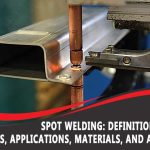
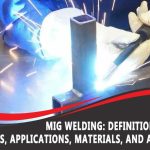

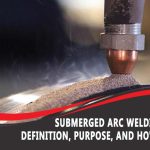
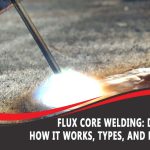
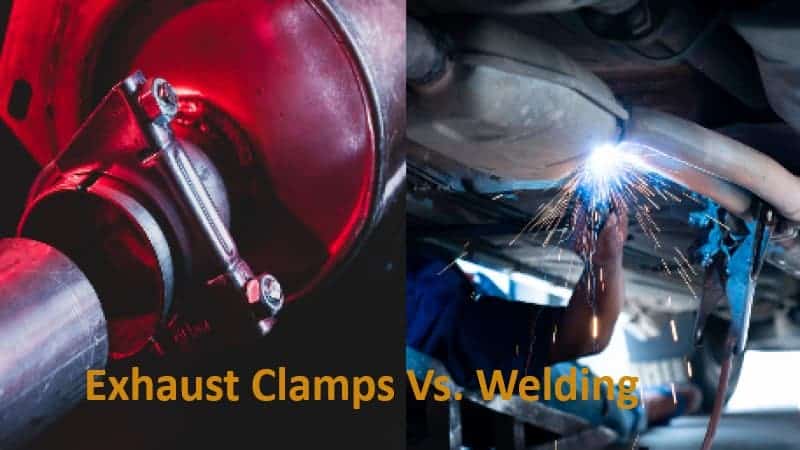
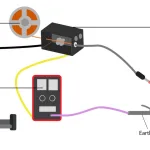
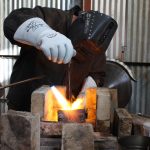
![Welding vs. Brazing vs. Soldering [ What is the main difference ] 17 Welding vs. Brazing vs. Soldering [ What is the main difference ]](https://www.021208.com/wp-content/uploads/2024/05/welding-1-150x150.jpg)

